Would a beverage container return scheme work in Singapore? This is how New South Wales is doing it
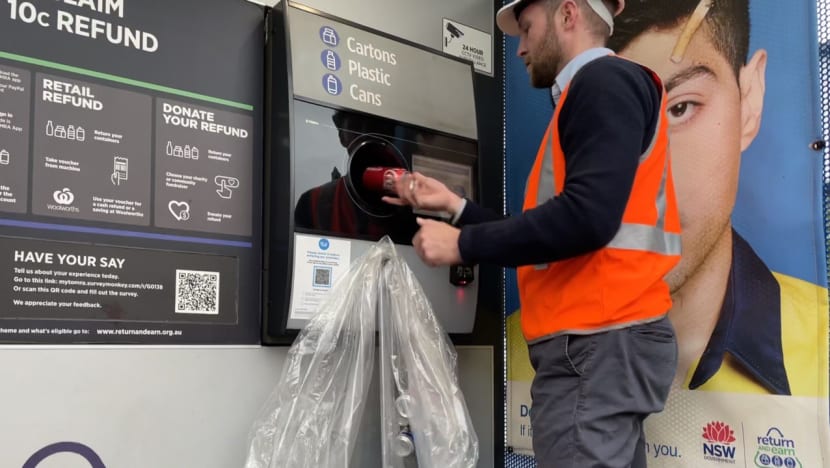
A reverse vending machine that gives customers 10 cents for every eligible container they return. (Photo: CNA/Vanessa Lim)
SYDNEY: Despite the gloomy weather, Mr Zeljko Sasic was all smiles as he pulled up his car at the Sell & Parker Prestons Return and Earn automated collection depot on Wednesday morning (Apr 27).
“I've been waiting for this for nearly two months," the 66-year-old told CNA, as he lifted his car trunk to reveal two large grey barrels and a couple of black bin bags filled to the brim with various beverage containers.
Despite his large stature, Mr Sasic struggled to hoist the barrel up and had to be assisted by one of the workers at the depot.
Together, they emptied the contents of the barrel, filling the air with the deafening sound of aluminium cans, glass bottles and plastic containers hitting the circular moving conveyor belt below. It took nearly 10 seconds to empty the barrel before they moved on to the next one.Previous
"It took me two months to collect all this, and I think I can get about A$50 (S$49) today, so I'm happy!" he said.
Under the Return and Earn scheme, consumers receive a 10-cent refund when they drop off their eligible beverage containers at return points across NSW such as reverse vending machines, automated depots and over the counter.
The scheme is funded by drink suppliers who are required by law to register their containers and contribute financially to cover refunds and the operational costs of running the scheme.
"If (the companies) supply one of the containers that's included in the scheme, they have to pay for it and report the volumes of their supply each month," said Exchange for Change's CEO Danielle Smalley.
Exchange for Change is the scheme coordinator responsible for managing the scheme's finances, collecting funds from beverage suppliers and distributing the money to the network operator and other scheme participants.
"We work out what we think is going to be supplied and what the costs will be and then we charge them per container," said Ms Smalley, adding that the cost varies based on the material type of the container.
HOW IT WORKS
At the automated depot, singulators sort the bottles into three streams: Glass bottles, plastic bottles and aluminium cans, and non-eligible containers.
All containers between 150ml and 3L are accepted, except those that were used for wines and spirits, plain or flavoured milk, more than 1L of pure fruit or vegetable juice, and concentrated juice or cordial.
Once the containers are inserted, the machine scans the containers, sorting them by their weight. Glass bottles are separated from lightweight materials such as plastic bottles and aluminium cans.
Out of the 1.2 million bottles it receives per week, 40 per cent are aluminium cans, 30 per cent are glass bottles and the remaining 30 per cent are plastic bottles, according to TOMRA Cleanaway, the network operator for the Return and Earn scheme.
From there, the containers are sent to a recycling facility in the Eastern Creek suburb, where they are sorted and crushed before being transported to another facility for recycling.
Those that are made from glass and polyethylene terephthalate (PET) are processed for reuse and recycled locally, while aluminium cans are exported overseas due to a lack of domestic infrastructure and processing capabilities, said TOMRA Cleanaway's CEO James Dorney.
GROWING ACCEPTANCE
While the scheme has become part of life in New South Wales, with two in three residents having participated in the scheme, getting it to this stage was not an easy feat.
"It took a while for the beverage industry to accept it, because any industry would be concerned when the government impose something on them, and nobody knew how successful the scheme was going to be," said Ms Smalley, who became Exchange for Change's CEO in 2020.
"But that's really turned around now. We're seeing the beverage industry really supporting it and asking us how they can help to communicate the benefits of the scheme."
Since the scheme was introduced in 2017, around 7.3 billion drink containers have been collected at more than 600 return points, giving a second life to bottles and cans which would have otherwise ended up in the city's streets, beaches, waterways and parks.
"We've really seen the recycling processing market developing in Australia partly as a result of funding from federal and state government but also partly as a result of the material that can now be provided through the Return and Earn scheme," said Ms Smalley.
Besides its environmental benefits, the scheme has also had a positive social and economic impact on local communities.
To date, A$30 million has been given to charities and community groups via donations and fees under the scheme.
"At the beginning of the scheme, we wouldn't have dreamed that we'd have had that many containers coming through the network. And now we're at 7.3 billion, so it absolutely has been a huge, huge success," said Ms Smalley.
Currently, South Australia, Northern Territory, New South Wales, Queensland, the Australian Capital Territory and Western Australia have similar schemes to encourage the recycling of containers.
Tasmania and Victoria recently announced schemes that are expected to launch in late 2022 and 2023 respectively.
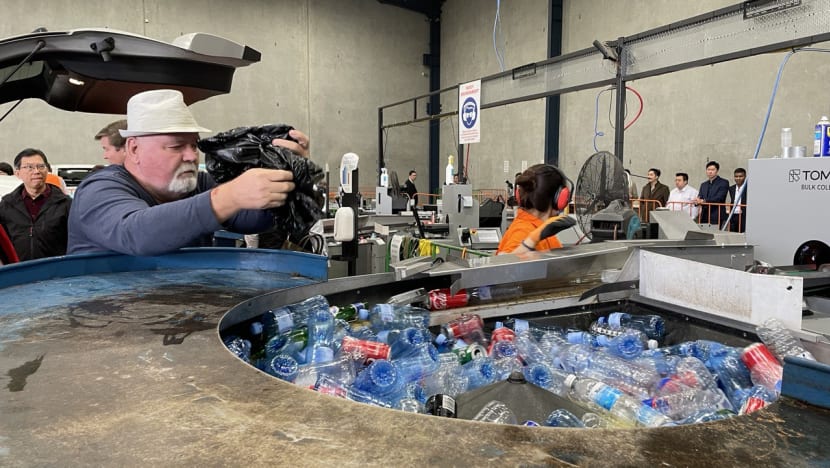
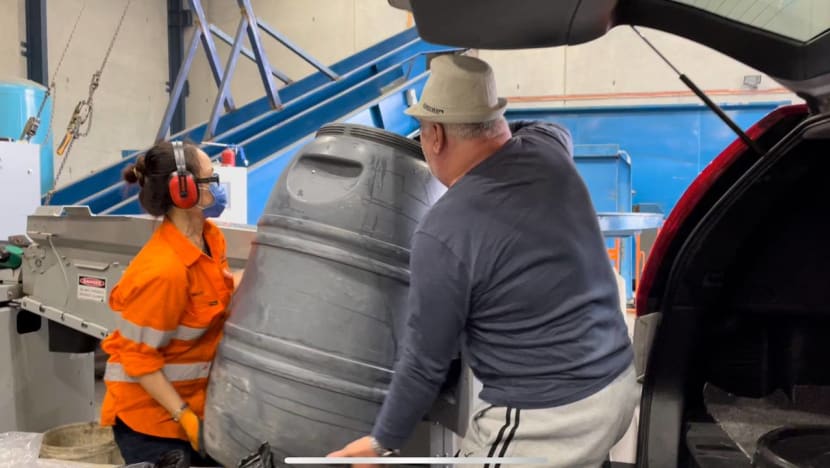

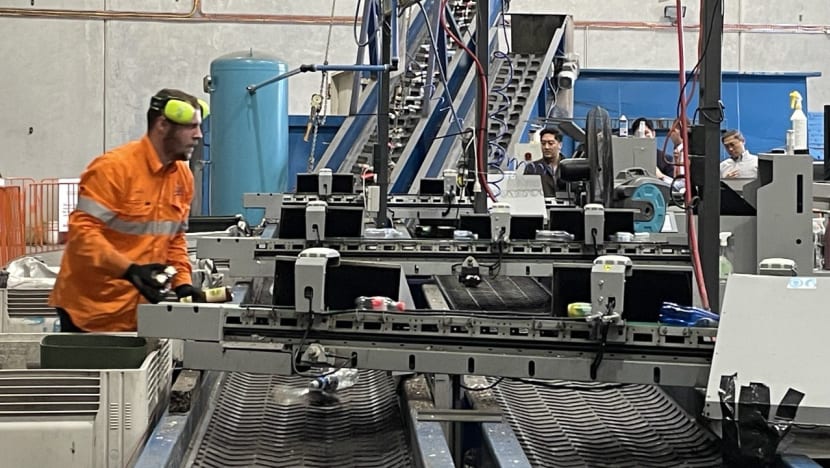
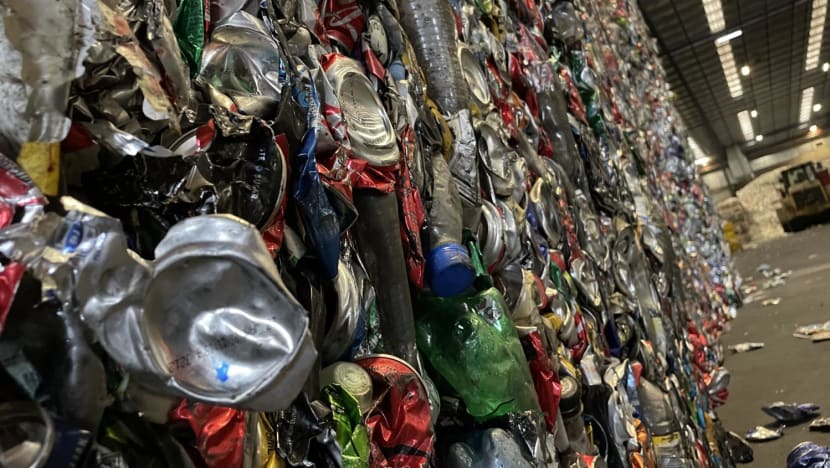
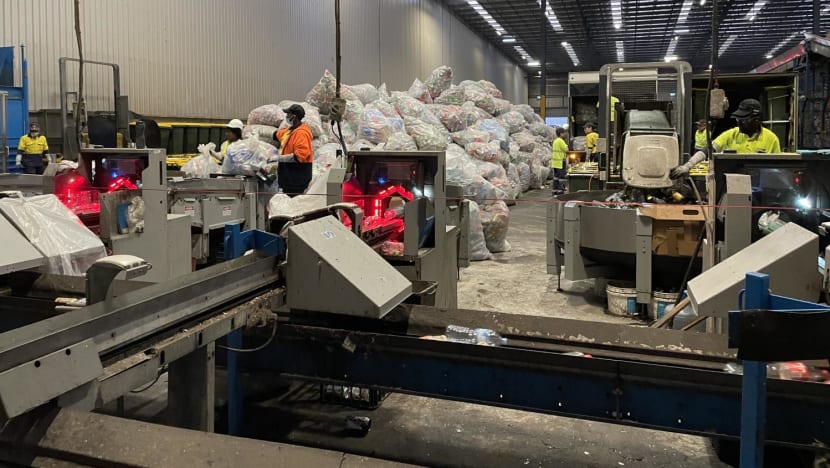
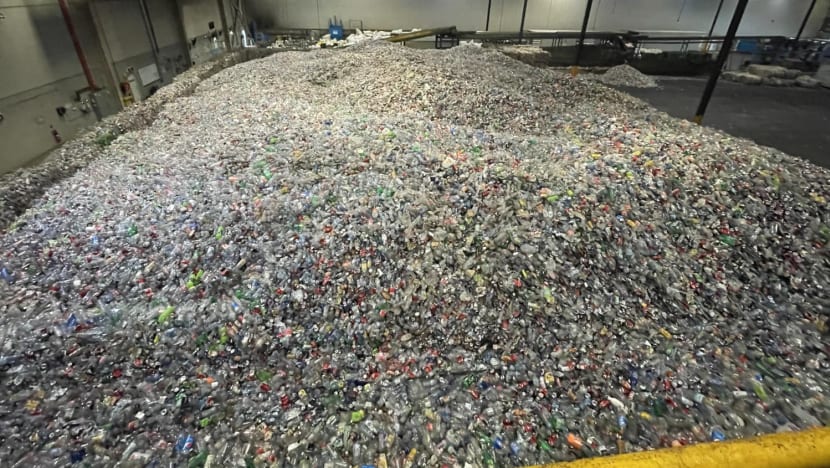
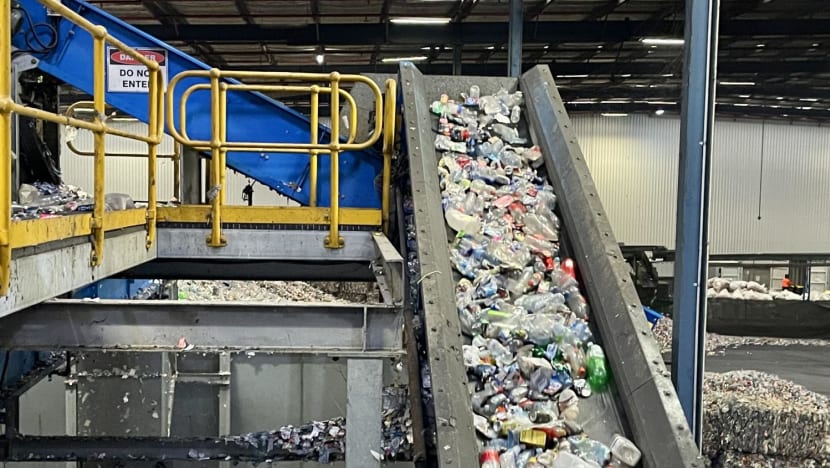

No comments
Share your thoughts! Tell us your name and class for a gift (: